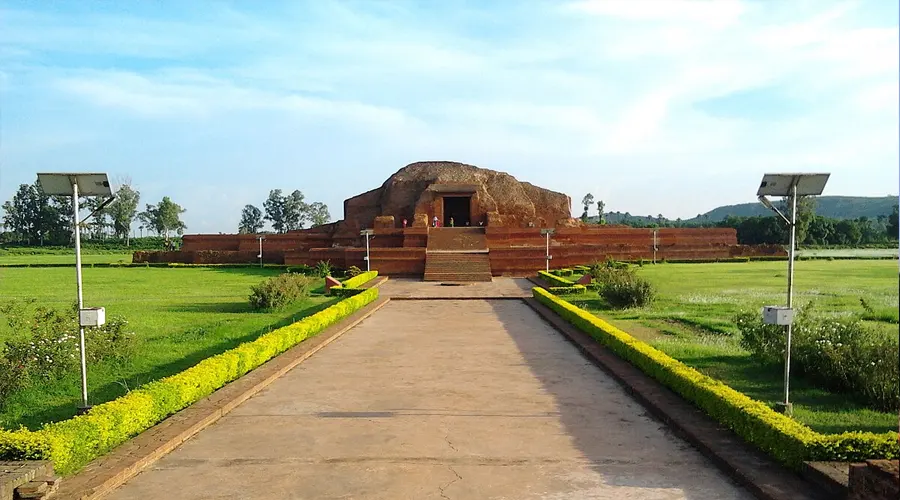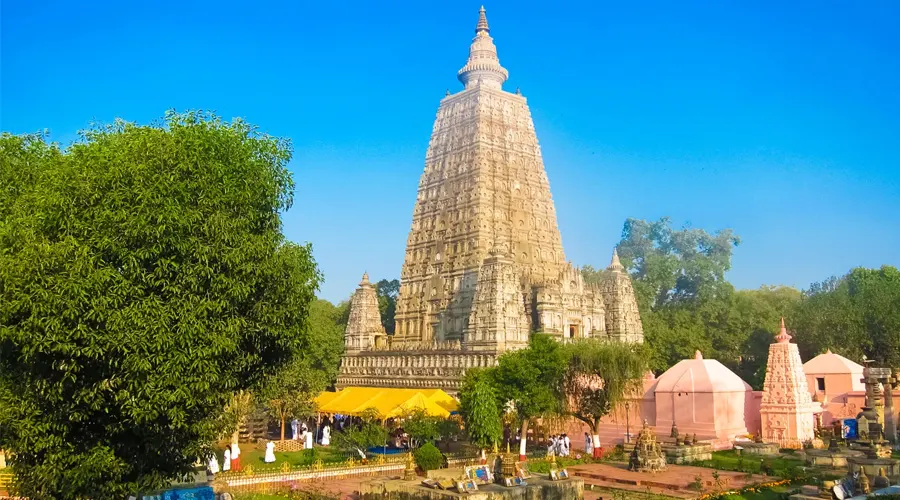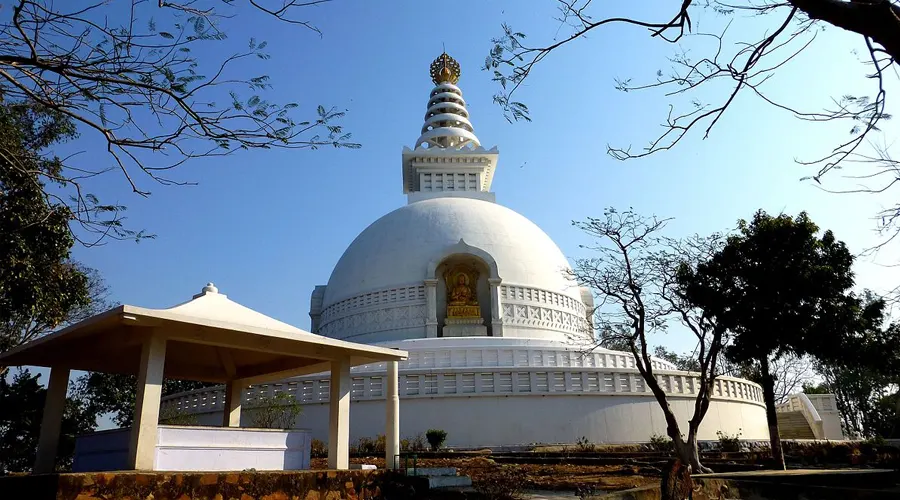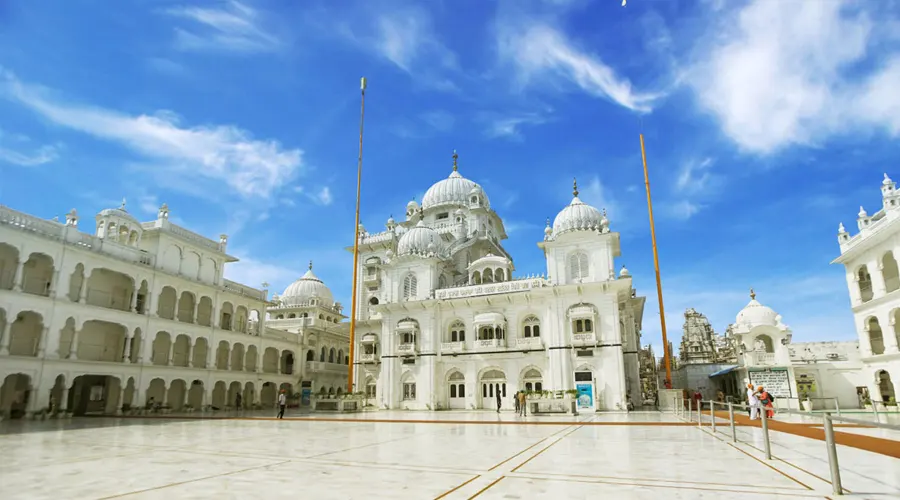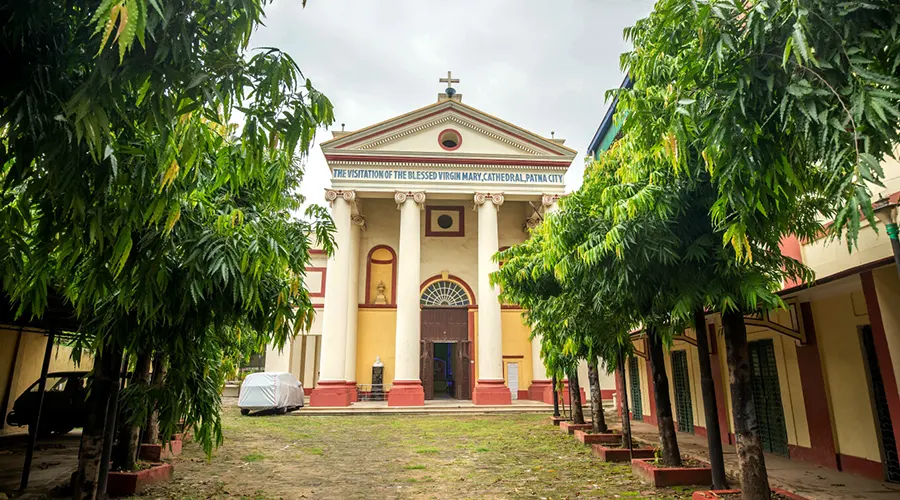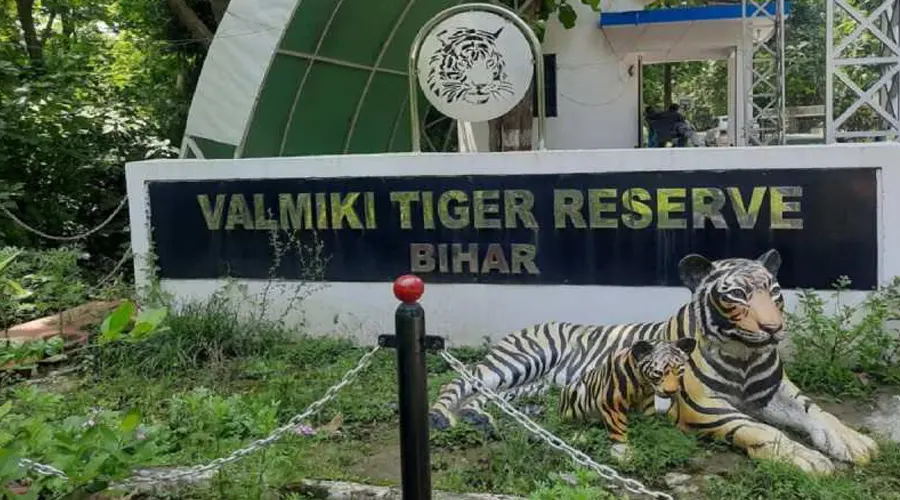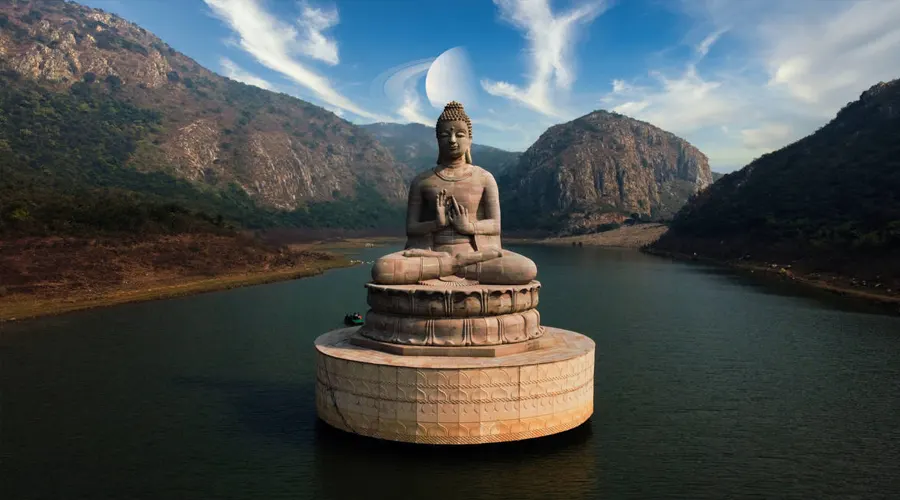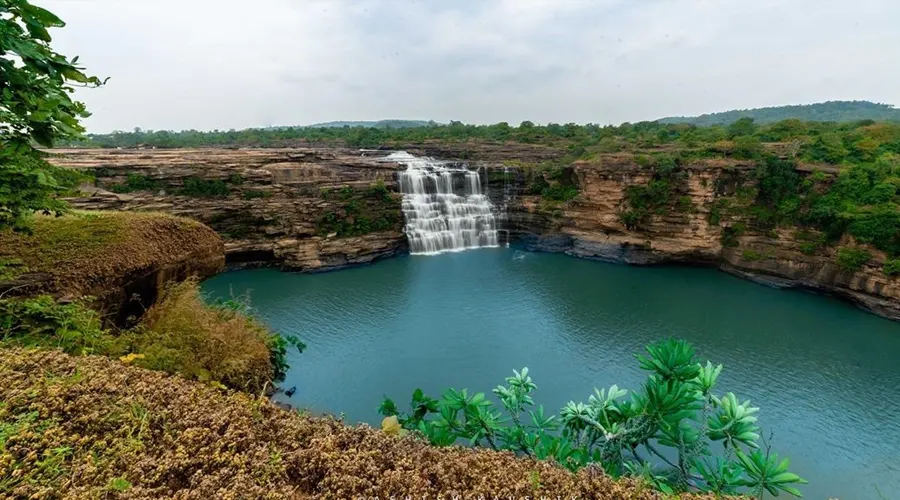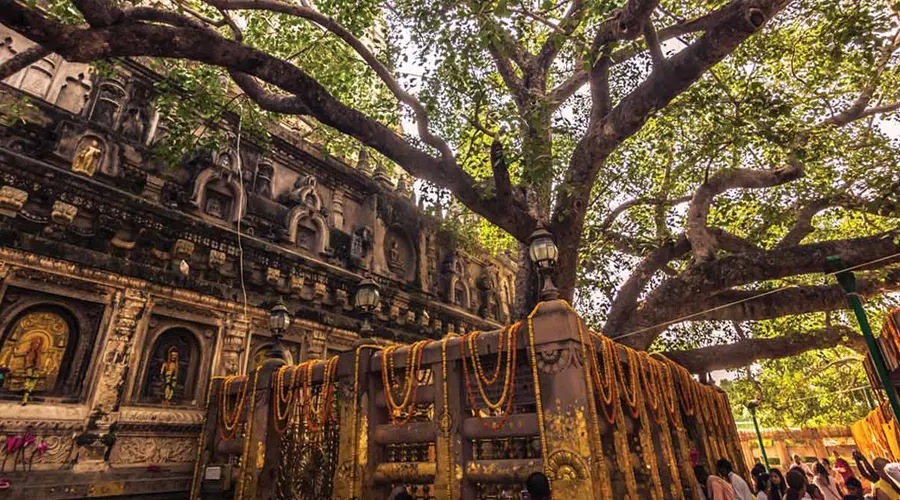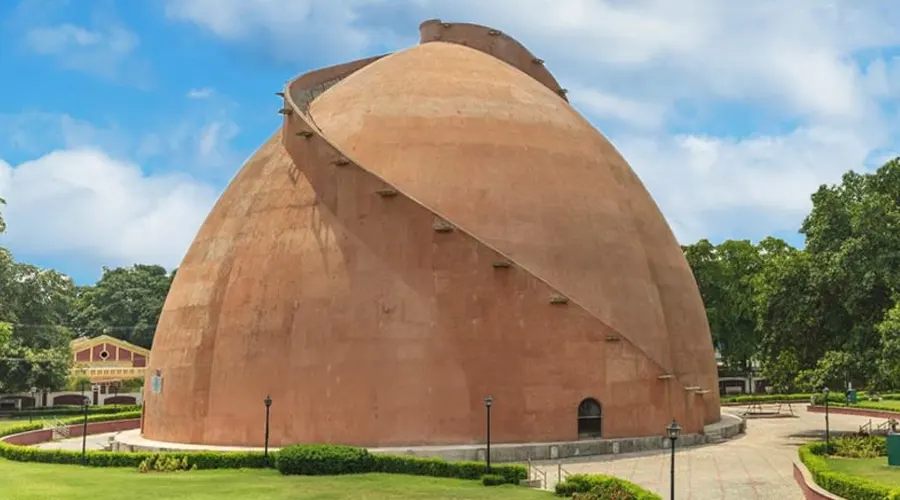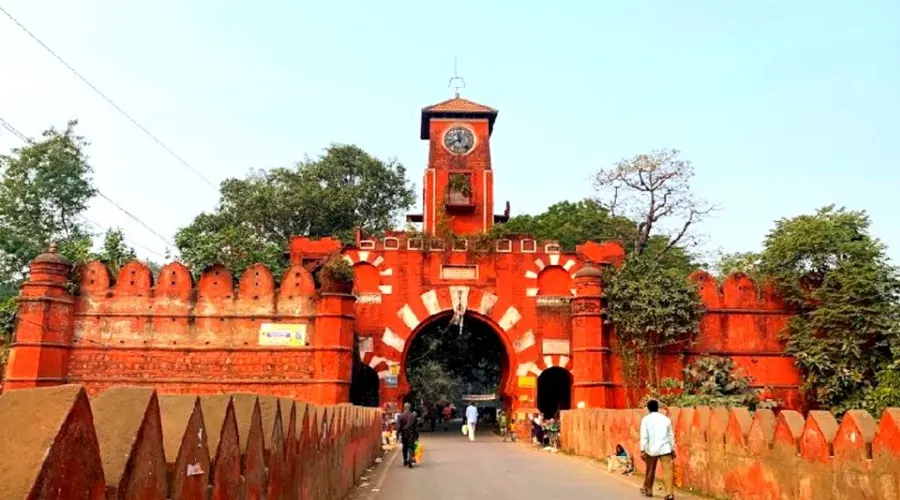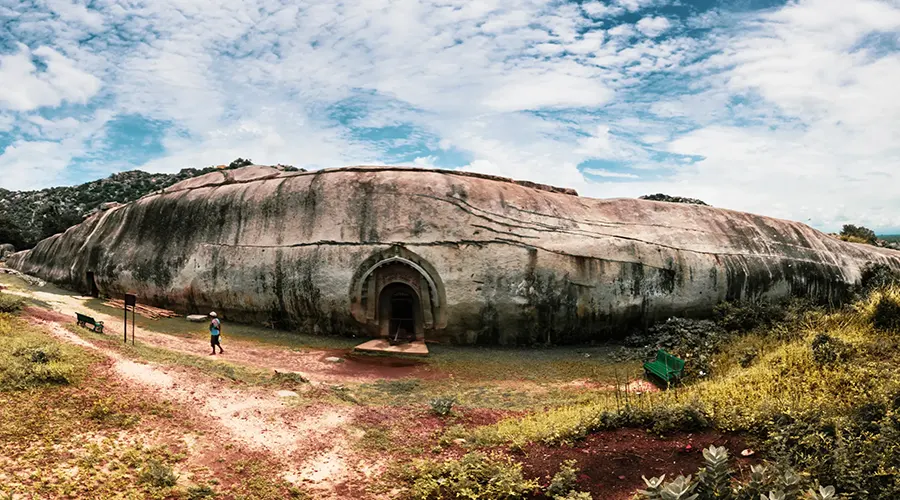Ruins Of Vikramshila
Known to be one of the most prominent Buddhist learning centers during the Pala Empire, Vikramshila was established as a measure when the quality of education at Nalanda started declining. Found by the Pala King Dharmapala sometime between the 8th and 9th century, Vikramshila was a part of the network of the five important learning centers of the era, and it was home to more than 100 teachers and 1000 students.
Information on the Vikramshila is mostly found in Tibetan writings of Taranatha, a Tibetan Monk of the 16th and 17th centuries. The subjects taught in the center included philosophy, Metaphysics, Grammar, Indian Logic, Tantrism, etc.
One of the most famous Scholars of Vikramshila is the abbot Atisha Dipankara who also found the Sarma traditions in Tibetan Buddhism. Vikramshila prospered and taught its students for more than four centuries since its establishment. Vikramshila’s prosperity came to an end when Bakhtiyar Khilji destroyed it in the year 1193 along with the other Buddhist centers.
Ruins of Vikramshala at Present
The excavation site of the ruins of Vikramshila that we see today is located 50 km to the east of Bhagalpur city. The excavations conducted during the years 1960 to 1969 and 1972 to 1982 revealed the square structure of the large monastery.
The center of the Square compound is adorned by a Stupa built in bricks and mud mortar. The Stupa in the center of Vikramshila was constructed for worship which looks like a cross on the plan. The height of the stupa is about 15 meters from the ground level and has two terraces one over the other and has concentric circular paths, about 4.5 meters wide on the lower terrace and 3 meters wide on the upper terrace.
The main structure of the stupa is over the upper terrace with four antechambers in each direction and at the end of each antechamber, enormous Stucco images of seated Buddha that have been unfortunately broken from the waist up. The Flourishing Terracotta art of the period can be seen on the walls that depict numerous Buddhist and Hindu Deities along with many scenes including human and animal figures indulged in one or the other activities.
The Monastery where the Buddhist monks resided, is an enormous structure of square shape of sides measuring about 330 meters. A total of 208 cells with each side of the monastery having 52 cells open up to a central veranda give an insight into the life of the Buddhist monks of that period.
The monastery building is connected to a Library building on the Southwest corner by a narrow corridor. The library building was air-conditioned by a system that used water from a nearby reservoir and air vents to preserve delicate manuscripts.
All the articles unearthed and acquired from the excavation of Vikramshila have been maintained by the Archeological Survey of India (ASI) in a Museum on the excavation site. The ASI has been trying to develop the site in the hope of restoring a fraction of the former glory of Vikramshila. Vikramshila Mahotsav, a cultural fest is held on the site every year in February. As recognition of its Importance, the Indian Railway has named a train running from Delhi to Bhagalpur as Vikramshila Express.
History of Vikramshila Ruins
The Vikramshila Ruins, located in the Bhagalpur district of Bihar, India, stands as a testament to the ancient educational system and Buddhist culture that flourished in the region during the late first millennium CE. Established by King Dharmapala of the Pala Dynasty around the late 8th or early 9th century CE, Vikramshila University was one of the two most important centers of Buddhist learning in India alongside Nalanda University.
These historical ruins weren't as widely recognized by tourists until archaeological excavations in the 20th century revealed the grandeur and extent of the educational complex. The main motive behind the establishment of this institution was to cater to the rise of Mahayana Buddhism and to counter the then prevalent Tantric practices which had permeated the monastic culture. With over one hundred residential cells for monks, numerous stupas, and a grand central temple, Vikramshila was the epitome of Buddhist architectural ingenuity.
The site gained considerable interest from Buddhist scholars and heritage enthusiasts over time, particularly due to its unique two-tiered structure, unlike other contemporary universities. The rediscovery and restoration work have made it a significant topic of interest for researchers and historians, which gradually translated into a modest but consistent tourist visibility.

